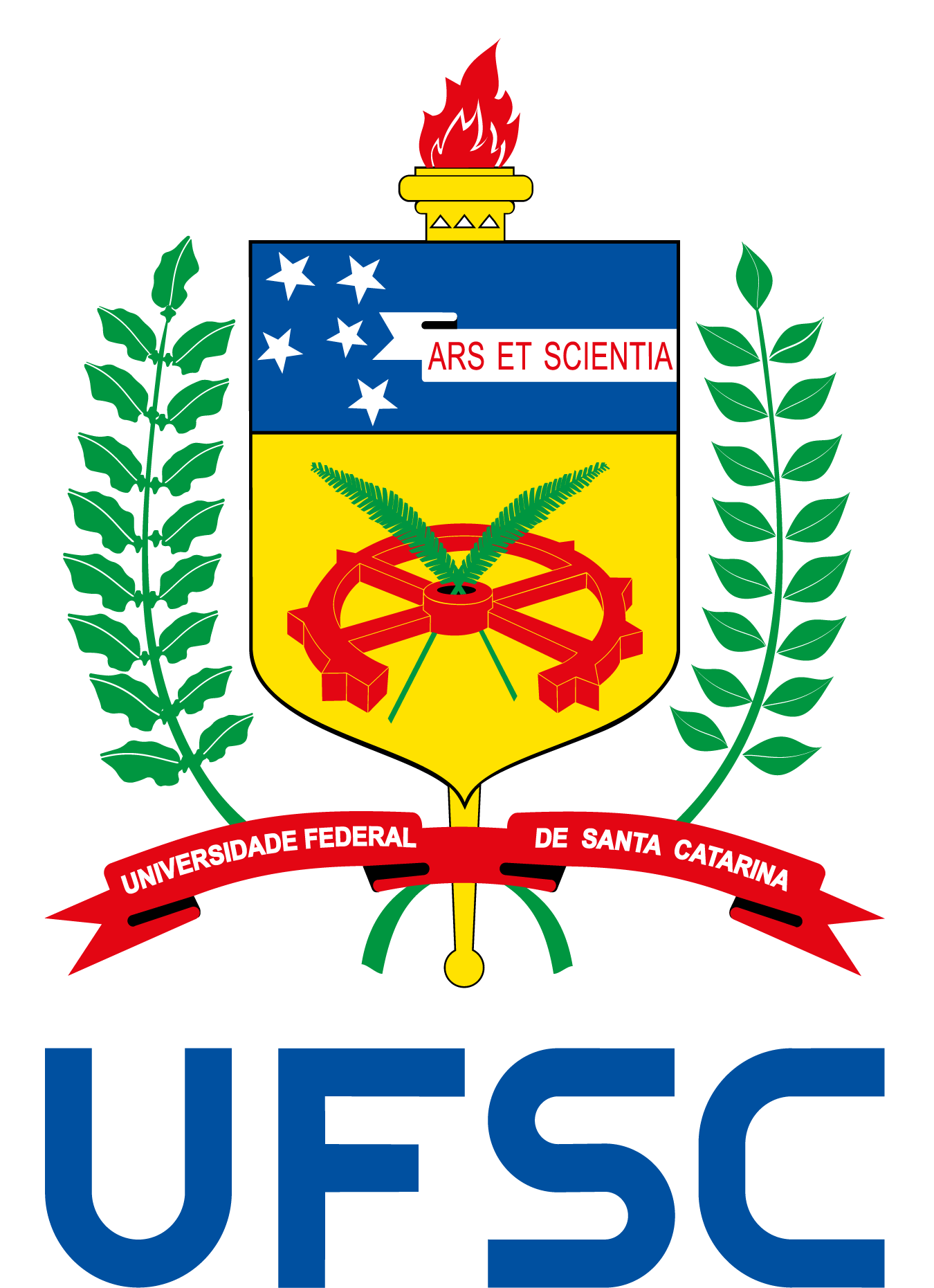Long Walk to Pretoria: a study of the adaptation of Nelson Mandela’s autobiography “Long walk to freedom” to the cinema in terms of subjectivity
Olegario da Costa Maya Neto | 2014
Much has been published regarding the process of film adaptation. Traditionally, the quality of film adaptation was evaluated based on assumptions that literature was a superior form of art compared to cinema. As Stam lengthily discusses it, those assumptions were based on a number of beliefs, e.g. literature was a senior form of art compared to the more novice cinema, the cultural prejudice against visual arts and the word-centeredness of our culture (21). Furthermore, Xavier points out that critics used to evaluate films in terms of how “faithful” they were in relation to the source text, basing that evaluation solely on their interpretation of written text and films (61). But the same author also explains that the inflexibility towards film adaptation gradually changed in the last decades following cultural changes that established a new relation between written text and film adaptation, one that is understood as a “dialogue” between two works of art. Notions of authorship and originality were questioned by Bakhtin, as discussed by Stam (23). In other words, film adaptation is now seen as a process of artistic creation in which it is possible to change the perception of events, redefine the sense of time and even alter the meaning of the characters‟ experience. After all, “book and film are apart in time; the writer and the movie director do not share the same sensibility or perspective. Therefore, one should expect from adaptations not only a reference to the original text but also towards the intended context” (Xavier, 62) ¹.




